Ford's Mission to Make World's First Rally Inspired EV
Peter Schultz shares his story on how the Mustang Mach-E Rally came to fruition in Detroit thanks to a small team of dedicated enthusiasts.

The Dearborn automaker seems to have hit its stride recently with a suite of enthusiast-focused vehicles that add up to a more exciting product catalog than anything else that Detroit offers. The Ford Ranger Raptor, the Bronco Raptor, the Mustang Dark Horse, and the F-150 Raptor R have all proven themselves as capable performance machines that prove the Americans can still develop some of the best products out there. The automaker has gotten so fanatical that it recently decided to develop a Mustang that will directly compete with the very best the Germans have to offer in the Mustang GTD. There is something for everyone, and the Mustang Mach-E Rally provides a driving experience that is completely unique in the electric vehicle market thus far.
Backstory: The Mustang Mach-E debuted in late 2019, creating a stir for one key reason—it wasn't really a "Mustang" at all. Enthusiasts were caught off guard by this unexpected move, as the Mach-E symbolized a shift that was becoming increasingly clear: the industry was heading toward an electric future, and traditional norms were about to be challenged. To draw attention to their new EV, Ford chose to apply their most iconic nameplate to a vehicle that bore little resemblance to the classic Mustang of the 1960s.
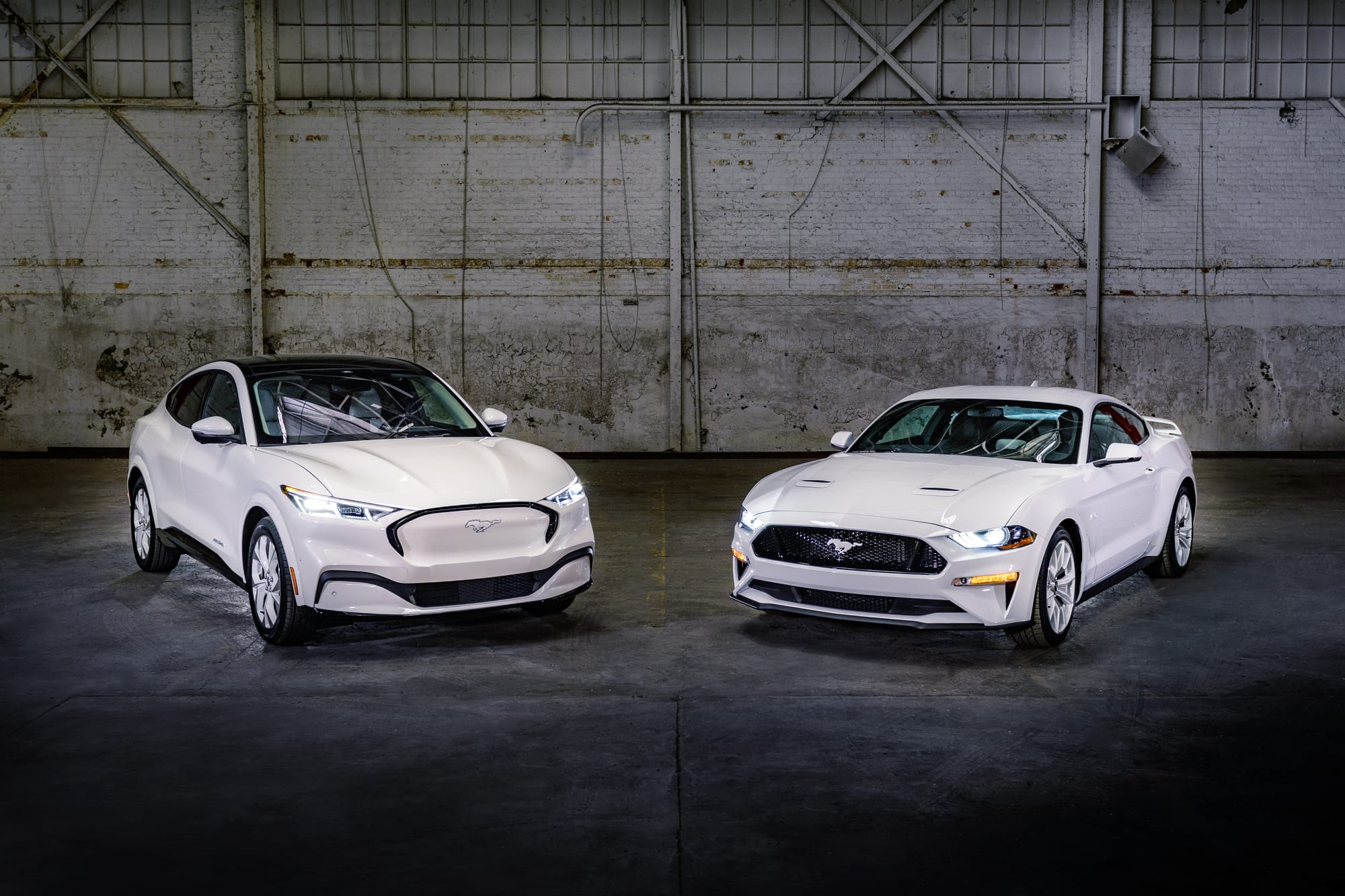
Market Differentiation
The EV space seems to be increasingly crowded with similar-looking and performing vehicles, and automakers are trying new things to set their offerings apart from the rest of the pack. Hell, Hyundai put software in an electric car that makes it sound like it's gas-powered and it even simulates gear shifts. Nobody really asked Hyundai to do that, but hey, it's cool. It's different, and one can respect the manufacturer for at least trying something out.
The folks at Ford realized that the Mach-E was cool and fit a certain demographic, but there was still some unspent creativity on the sidelines. The market hadn't seen a rally-inspired EV yet, and for a company with a sublime track record of proper off-road machines, this was too good to leave on the table.
A meeting was planned in Dearborn. One April morning in 2022, a team of well-dressed somewhat apprehensive professionals sat down in the chairs surrounding a table before an executive arrived and posed a question. "Who wants to take on the task of turning the Mach-E into a rally car?" Well, that's a new one. EVs are supposed to be utilitarian and boring. The room went quiet, people looked around, and two hands creeped up.
Mr. Peter Schultz was one of them. So it begins.
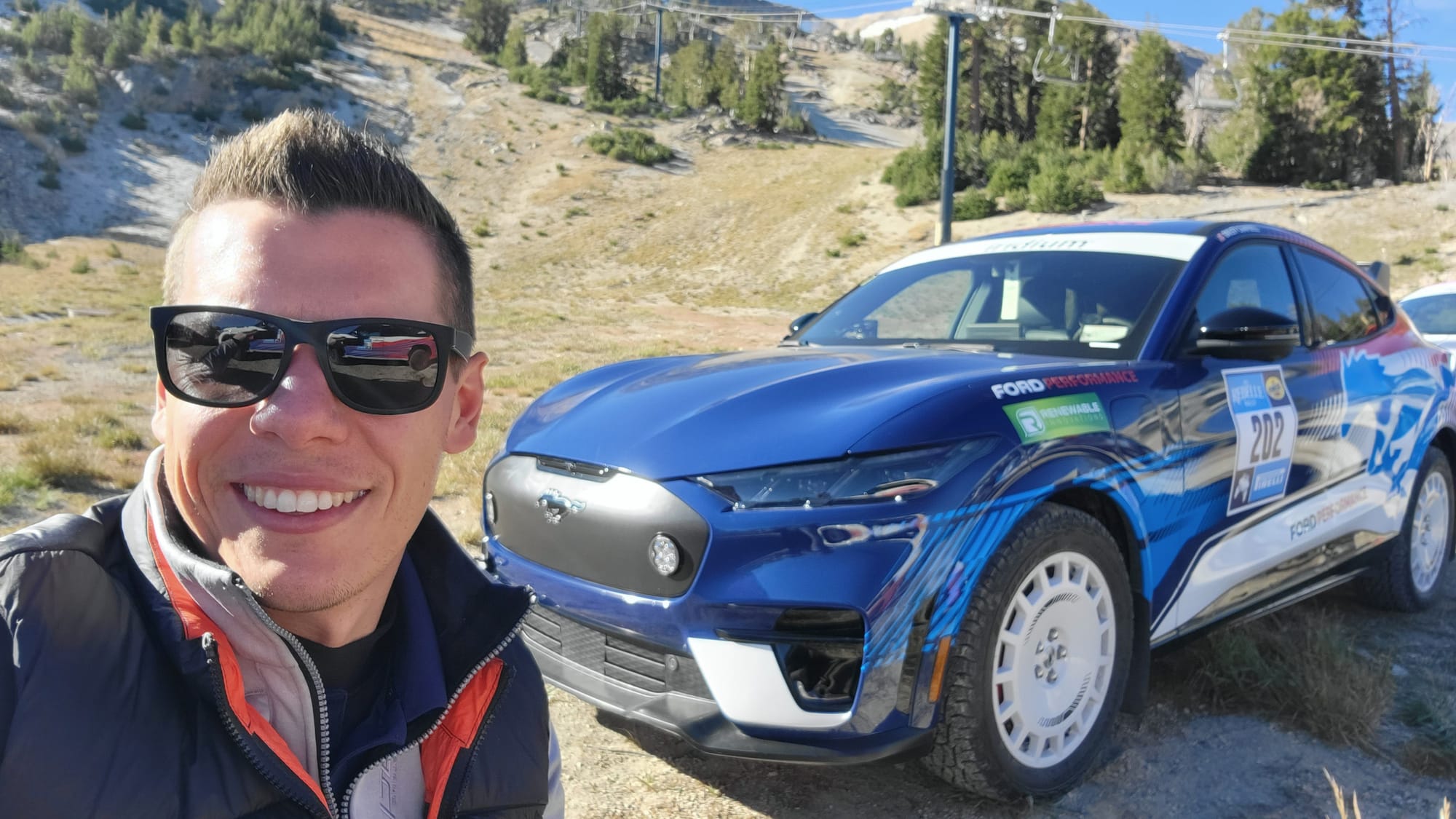
Laying the Foundation
Peter was only a few months into a new role in EV product planning at Ford, having just moved from 7 years in automatic transmission calibration. He was still somewhat green and probably had his doubts about undertaking something like this.
I still had so much to learn, but was feeling eager to start making a contribution to the team.
Throughout the months that followed, Peter and Craig Migliori (the other guy who raised his hand to take the project) were able to create a list of content assumptions, form a development timeline, and put together a business case to get the project off the ground and approved by the accountants in the building. Dedicated number crunchers who would surely review the figures extensively and cast a final judgment that would decide the future of the Mach-E Rally dream.
They must have had a soft spot in their heart because they gave the green light and it was cleared for production. After this test was passed, Peter was tasked with shepherding the project through development, launch, and eventually final production.
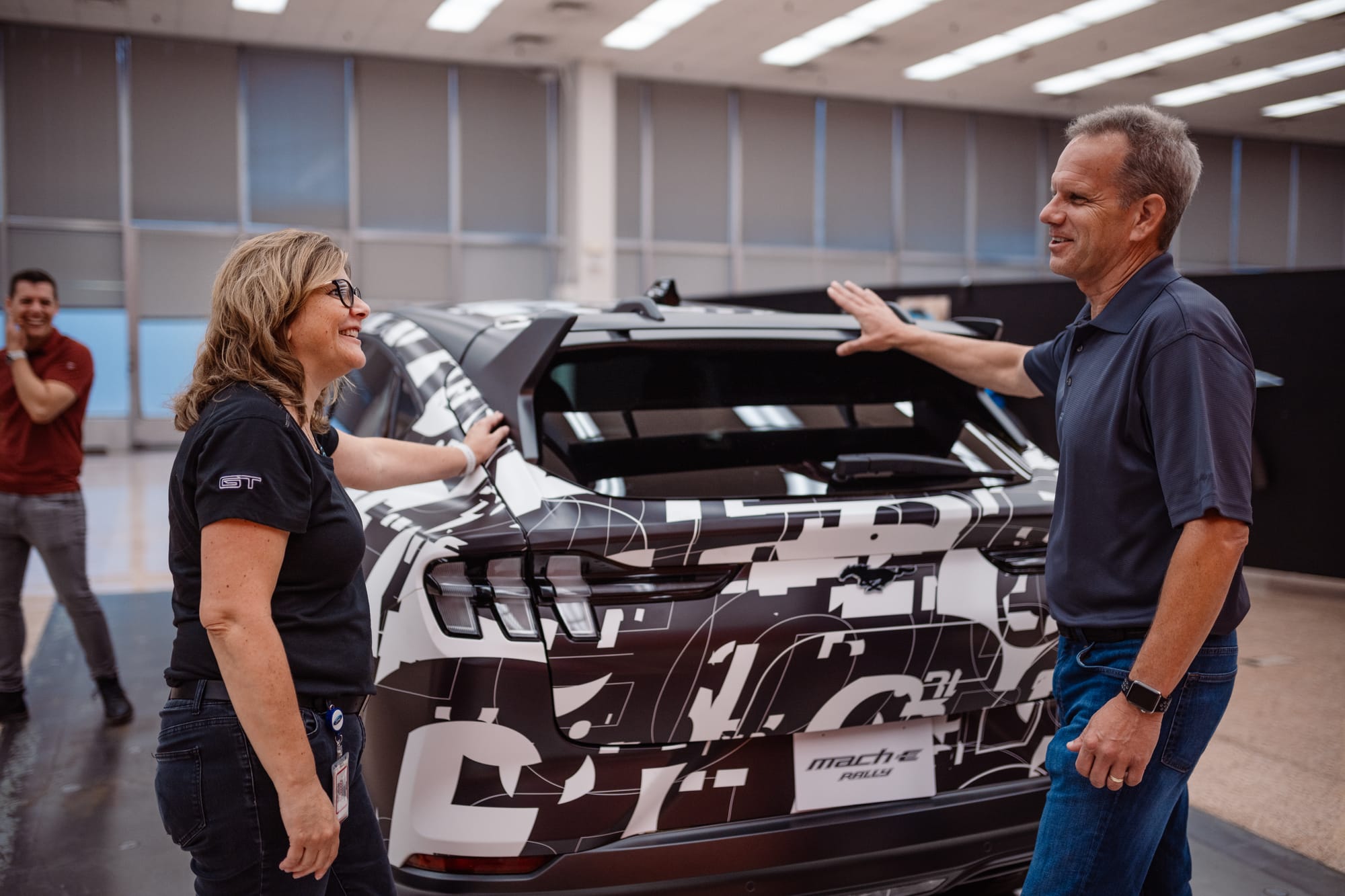
Seeking Inspiration
Peter states that "the project was intended to be a very small and extremely go-fast study. It was basically just Craig and me, which gave us a ton of freedom to make what we wanted." This allowed them to be creative and inject some of their own personal tastes into the vehicle.
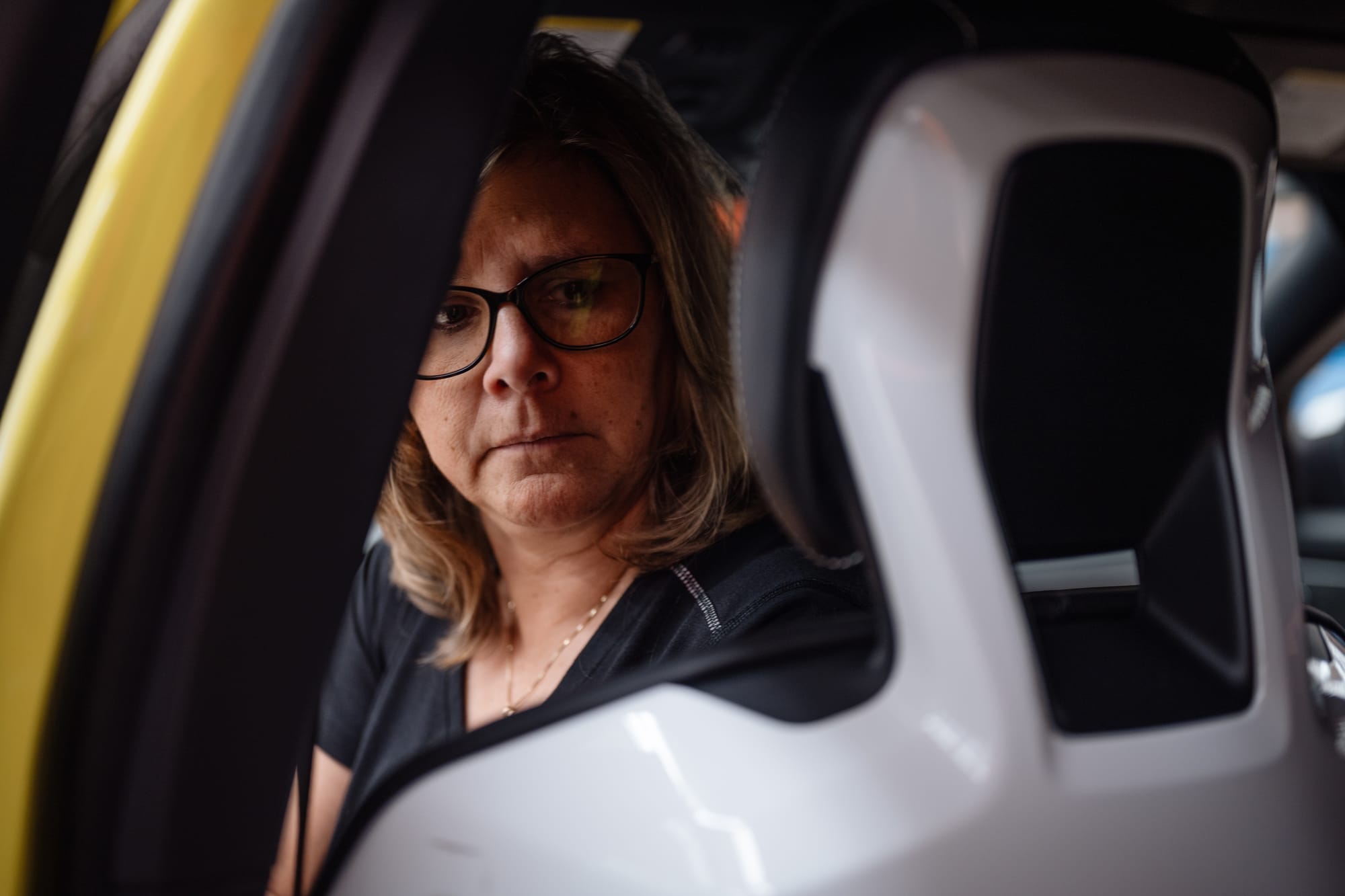
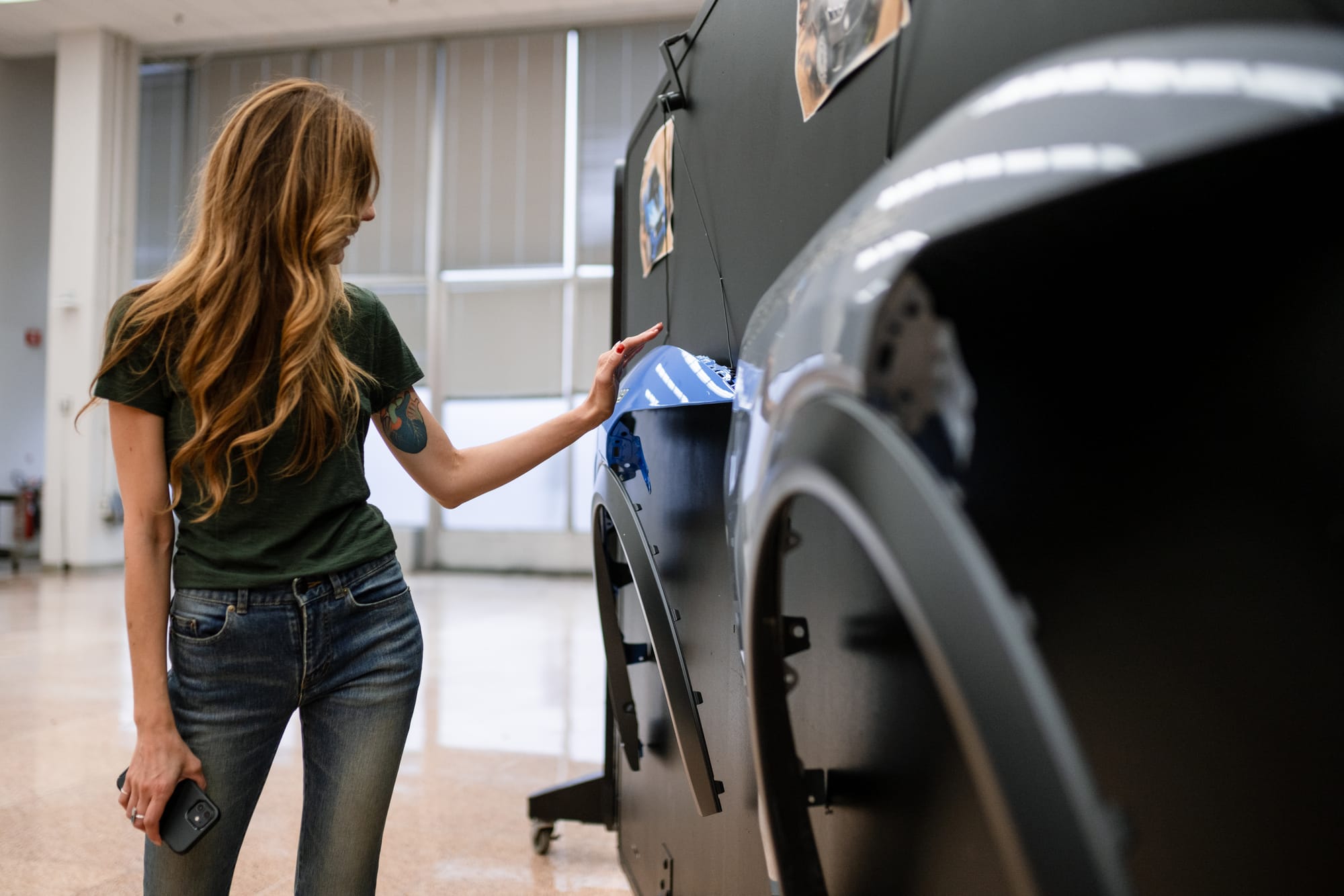
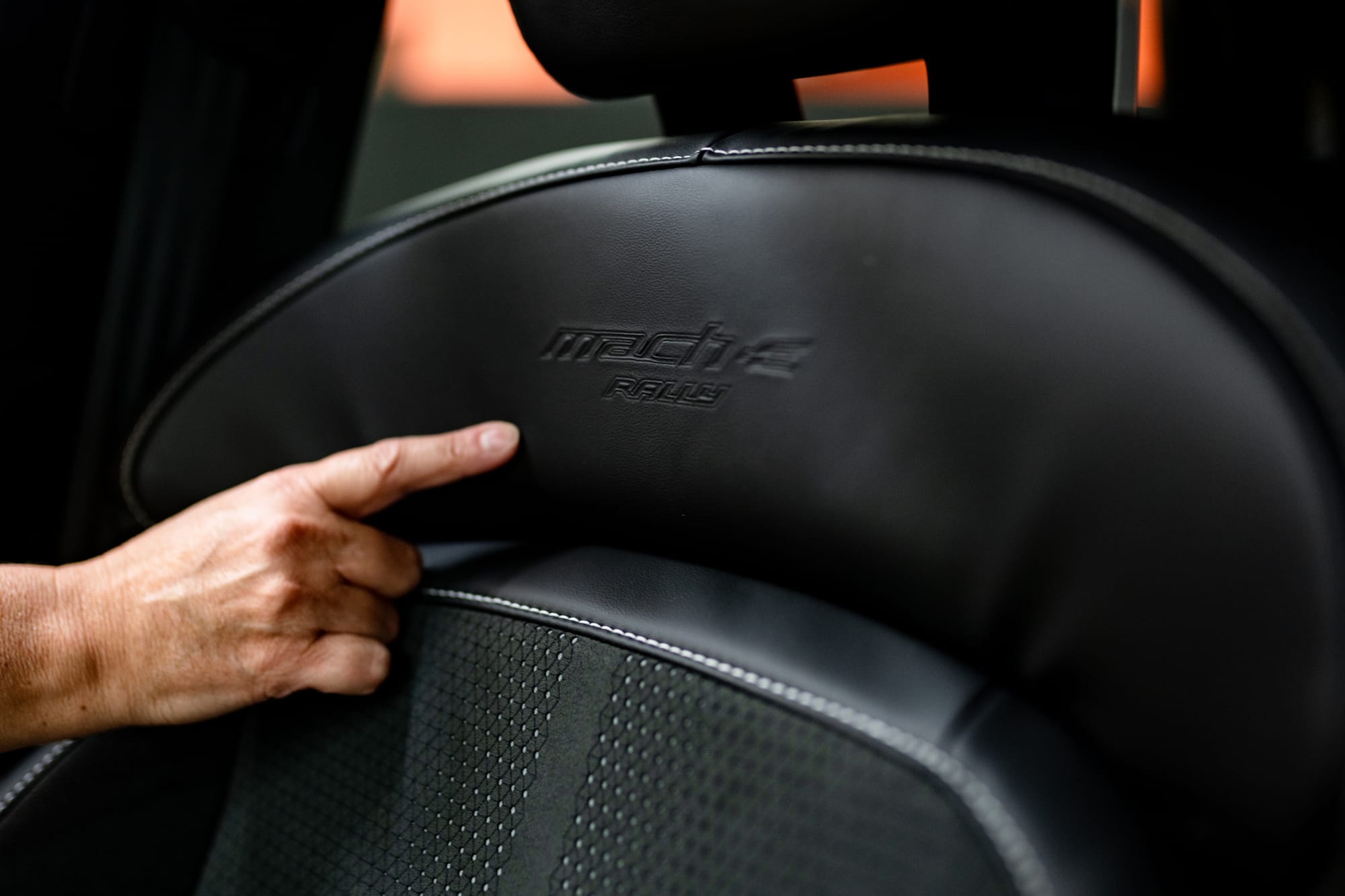
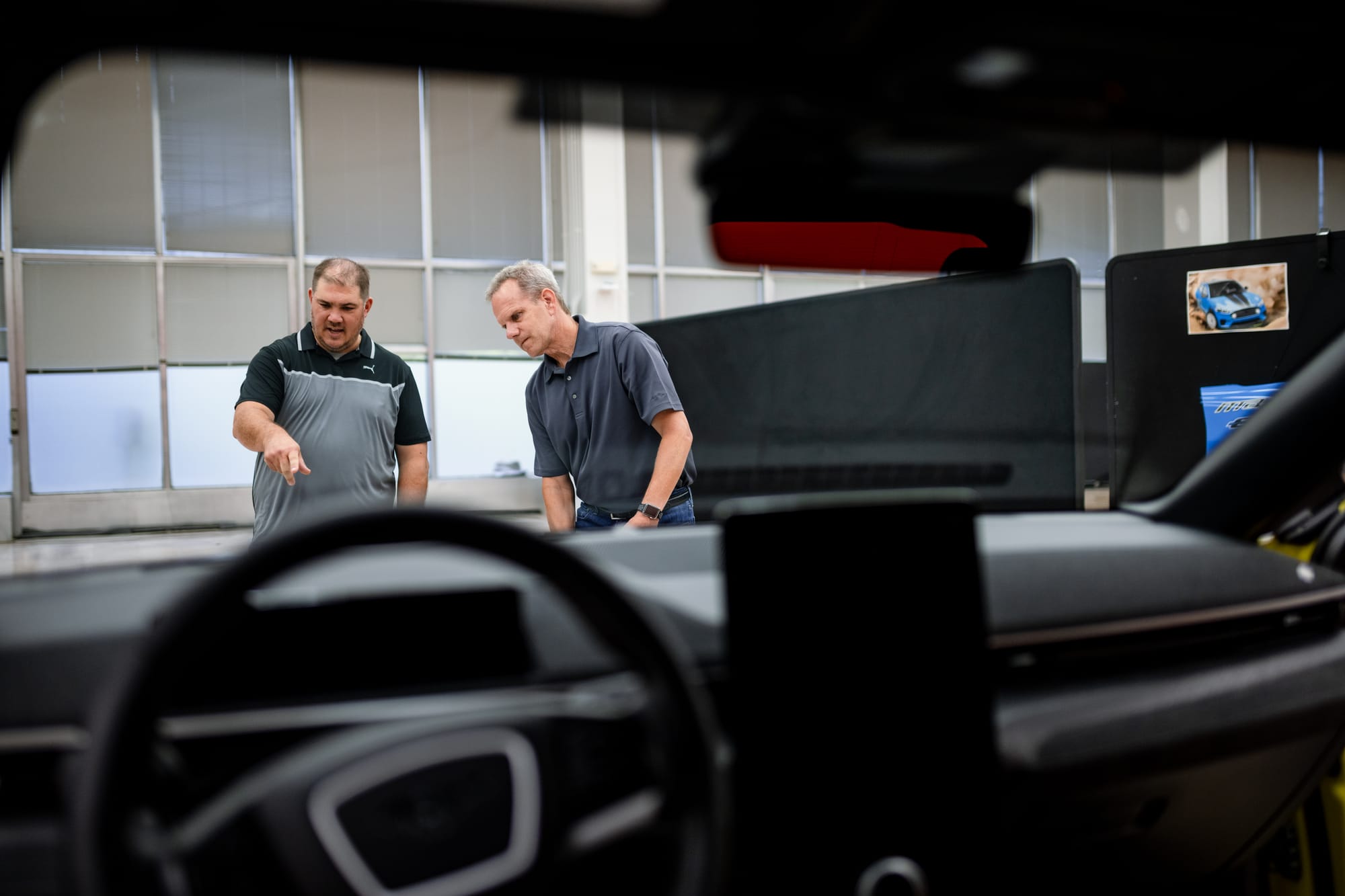
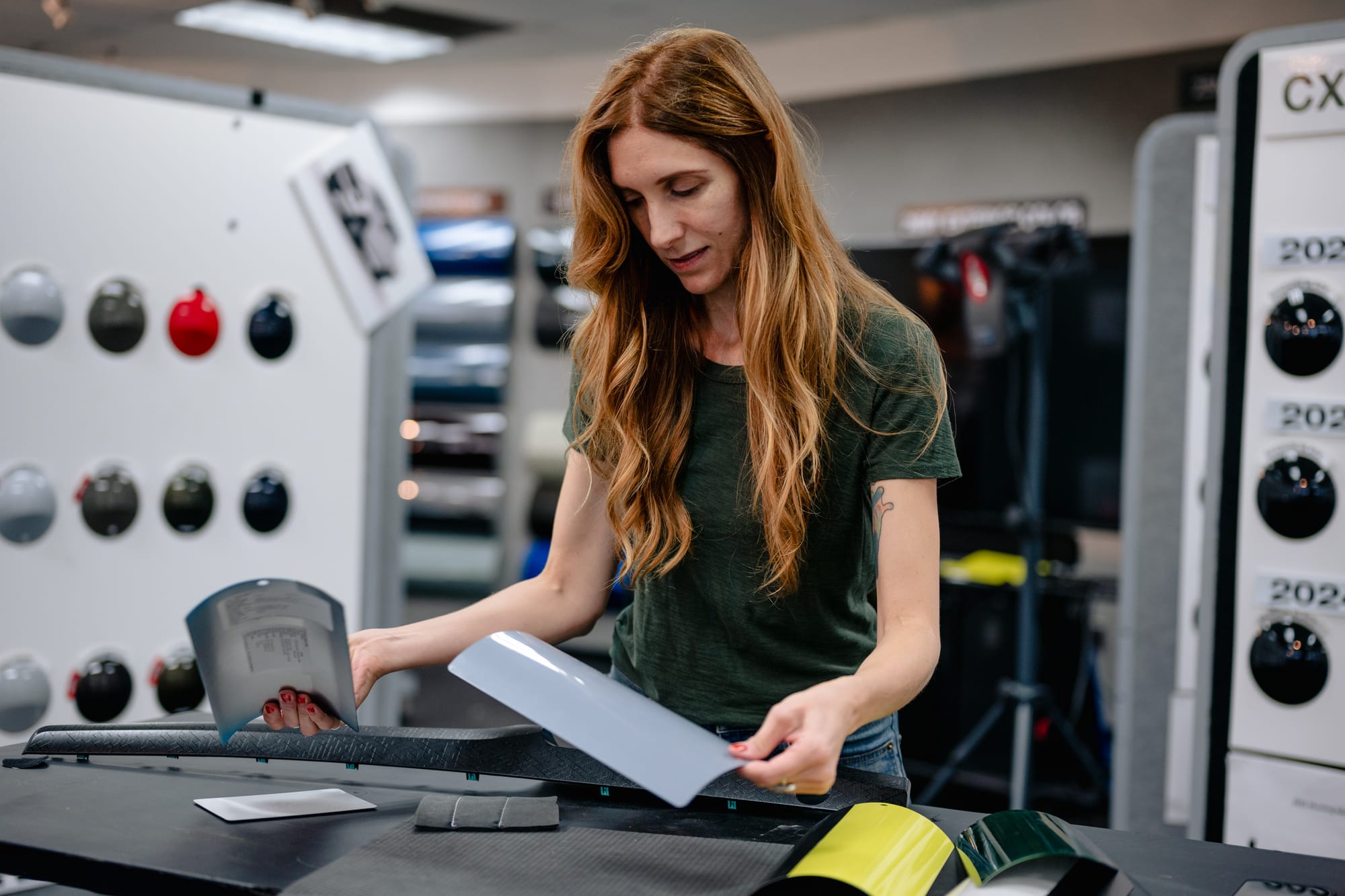

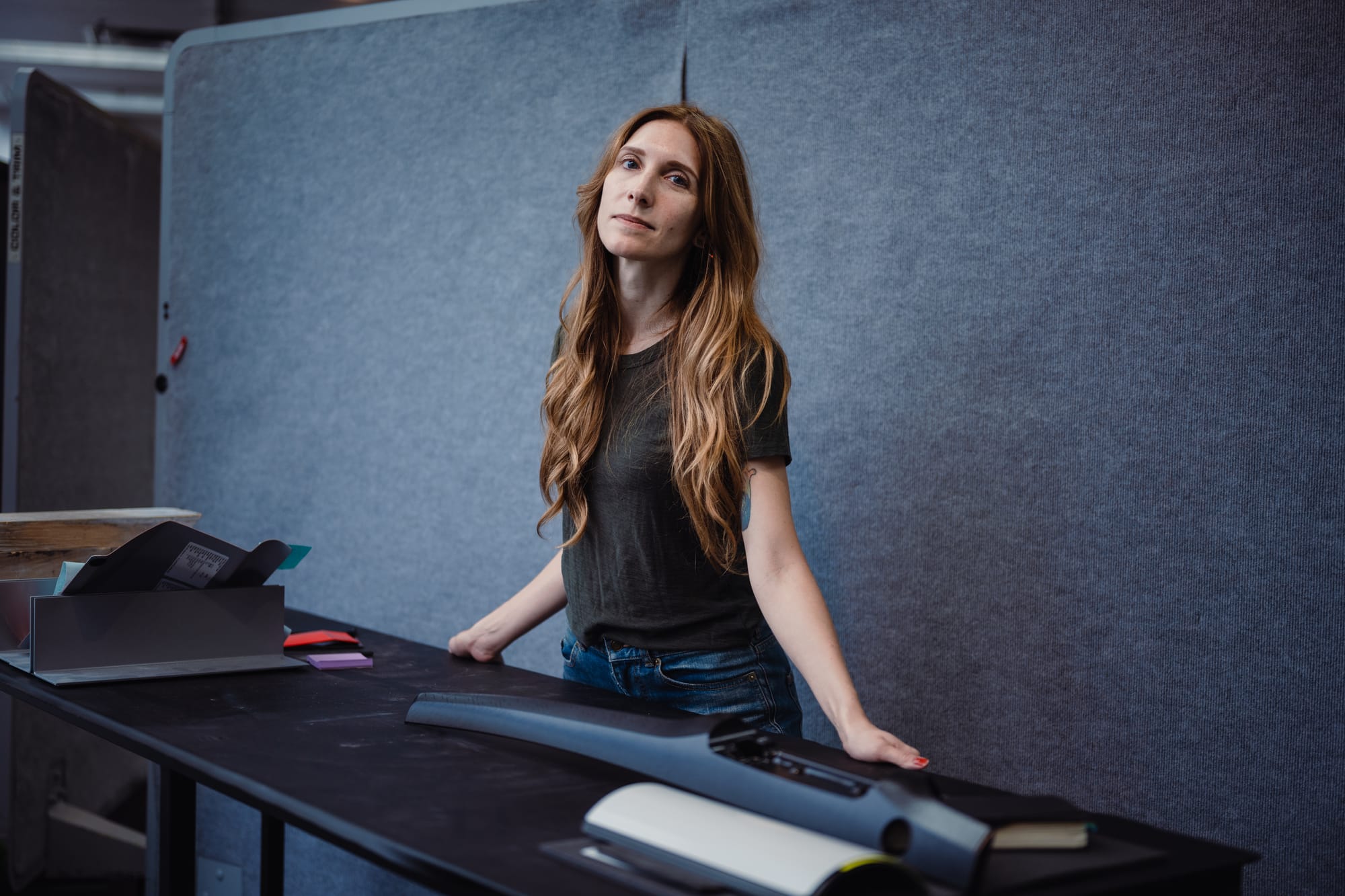
People shown in photos: From inside the car, Matt Gabrielli (Mach-E Program Manager) stands with Dave Aucott. Angela Bell (Colors and Materials Designer) holds color samples. Photos by Steve Koss
They created a digital bulletin board to post their ideas and look for ways to apply the history of rally into the car in a budget-friendly manner, something that probably sounds easier than it is.
The first thing that stood out at us was that every Ford WRC car in the last 30 years has had white wheels. We knew white wheels would be polarizing, but an electric SUV with the Mustang name was already polarizing enough – we decided to lean into it instead of shying away.
They added some front lighting that was inspired by the rally scene, and although huge hood-mounted lamps were out of the question for a production vehicle (likely safety concerns) they got some of-the-shelf fog lights and had engineering find a way to fit them to the front grill area. Some of the other inspiration was taken from their shared love of hot hatches, with the rear wing on the Mach-E taking after the last-generation Focus RS.
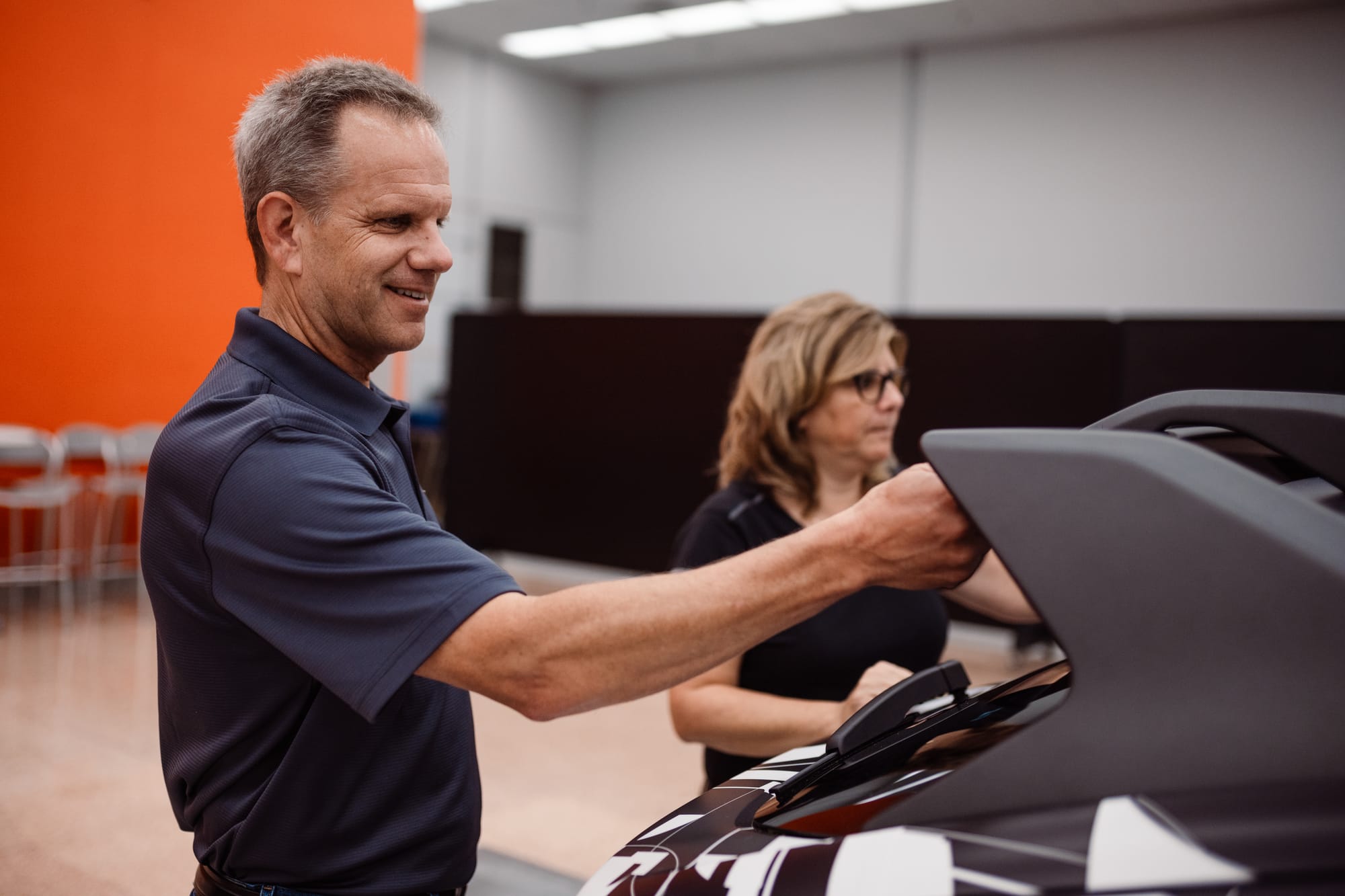
Peter said that some of the interior content, specifically the white elements, was partially inspired by his personal Focus ST, which he had modified with some tasteful body-color interior accents.
Not Just An Appearance Package
Craig and Peter wanted to ensure that the car had some real capability to back up its rally-inspired looks. To that end, they consulted one of Ford's top off-road attributes engineers, Chris Berchin. Chris is a big-time rally nerd (there's worse things to be in to) and regularly competes in local SCCA RallyCross events with his modified Mazda Miata. He gave them a detailed list of not only what hardware was needed to make the Mach-E Rally capable, but also what driving attributes were needed to make the car perform in the demanding environment that future owners may take their new toys.
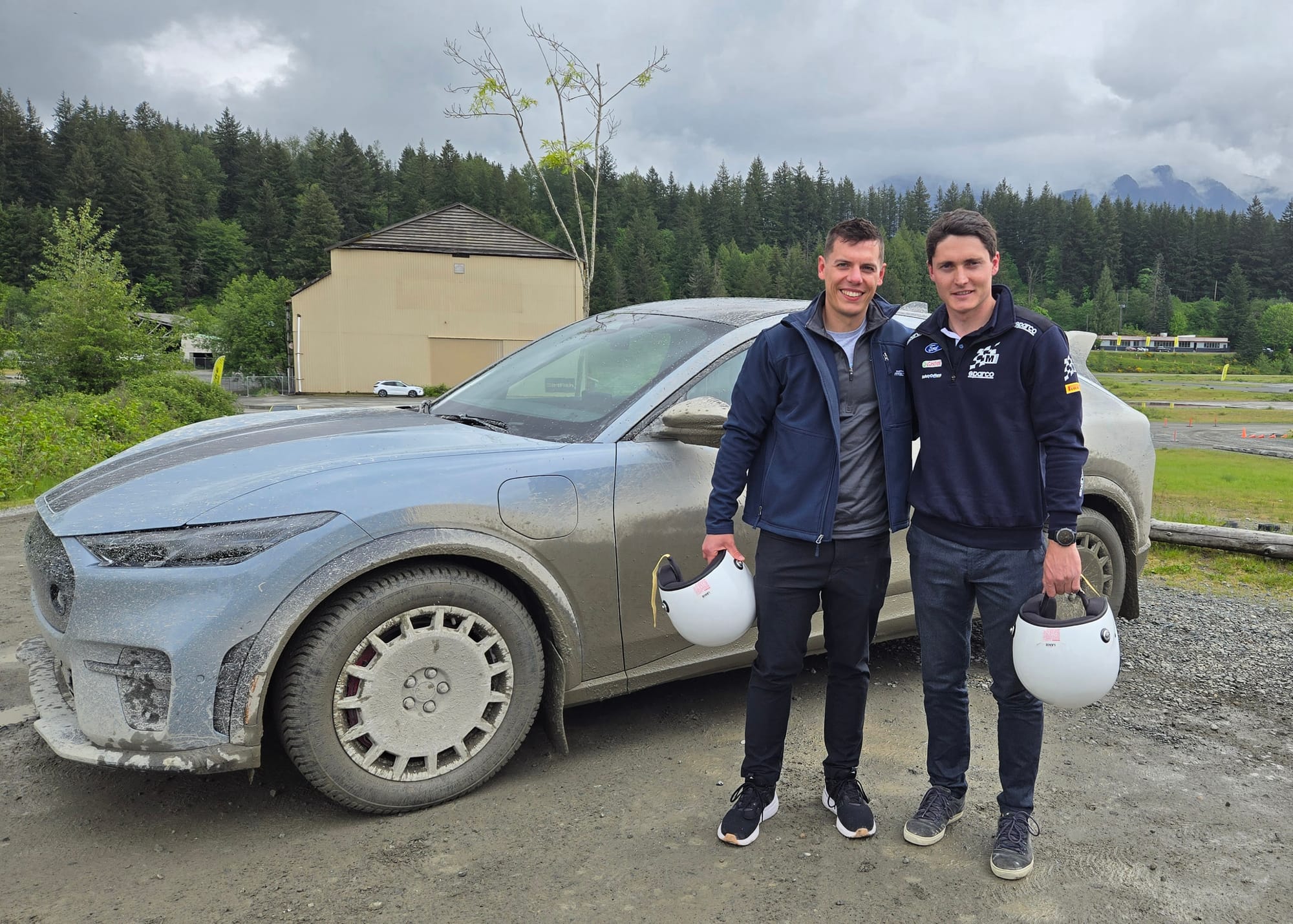
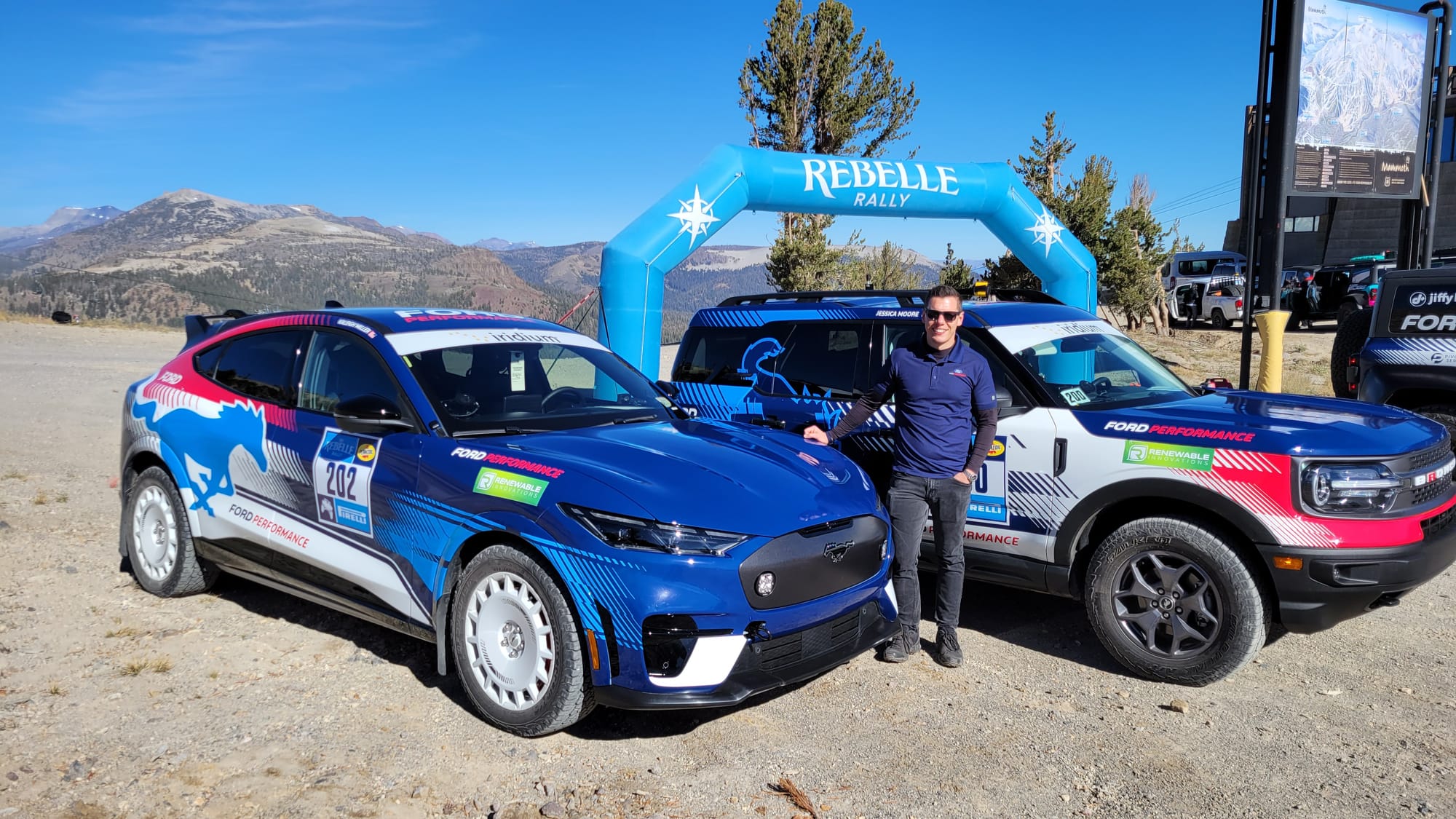
Left: Media event at DirtFish Rally School in May 2024 with M-Sport WRC driver Adrien Fourmaux Right: Peter at Rebelle Rally in Mammoth Lakes California in October of 2023
Complementary Skillsets
Peter was new to the world of program planning, and this was a lot to bite off for him alone. Craig, on the other hand, had the experience necessary to guide Peter's motivation in the right direction. Without both of them, with their different backgrounds but equal motivation, the project may not have ever come to fruition. Peter's downstream engineering development experience in the years prior proved valuable when it came to keeping the scope in check. He knew what would fly and what wouldn't with the folks on the line as the project inched closer to assembly time. Peter got the team access to certain tools and facilities that other planners typically didn't have, which was critical as Ford developed the first mule and conducted the first demonstrations down in Mexico City.
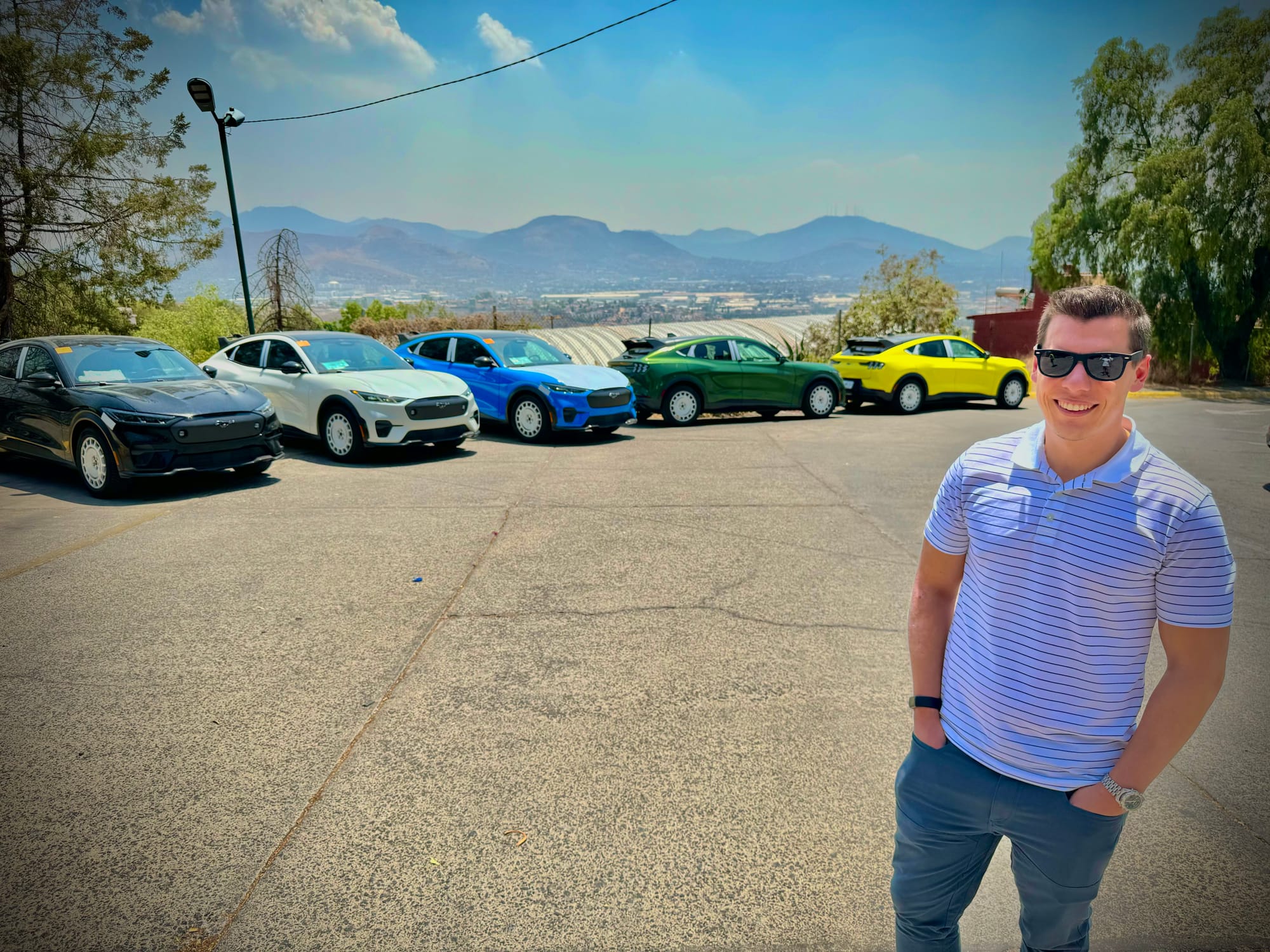
By combining our individual strengths and experience, Craig and I were really able to feed off each other’s passion and enthusiasm to will this vehicle into existence.
Thank you Peter Schultz for giving me time for an interview, and thank you to Ford PR for providing the pictures and green-lighting the information provided by Peter.
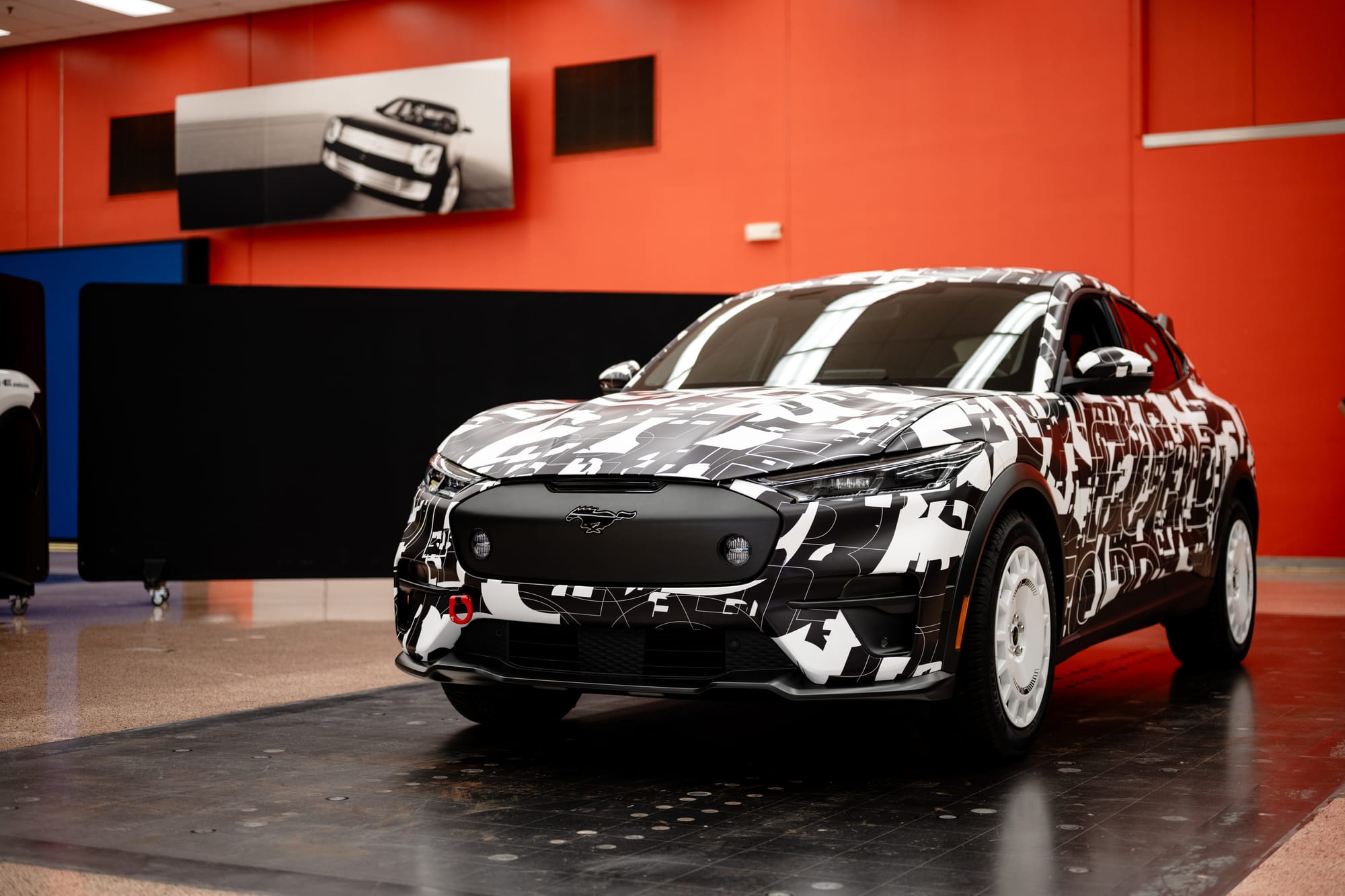
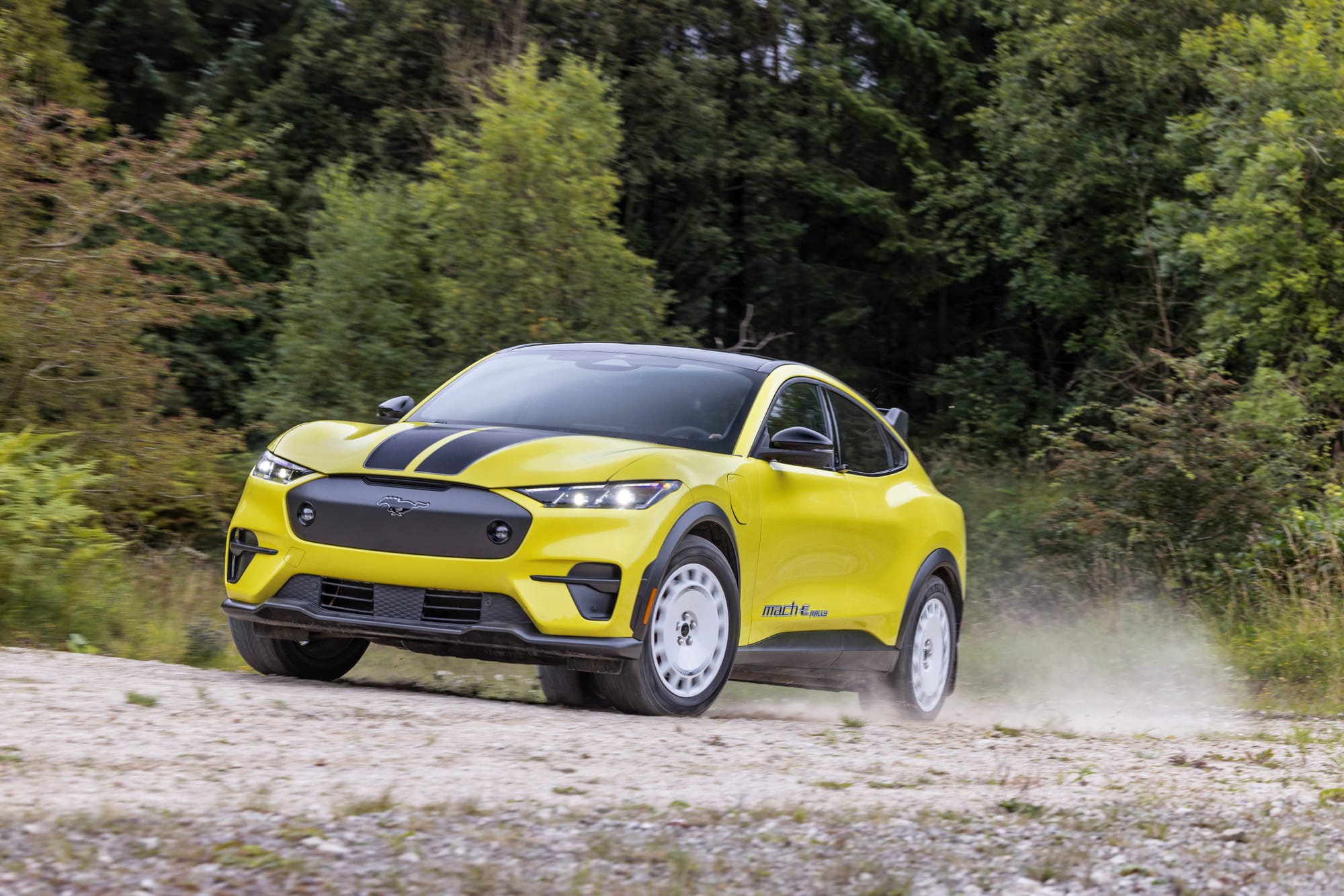
Thanks for reading, and consider subscribing to Auto Digest for more automotive stories. -JWK
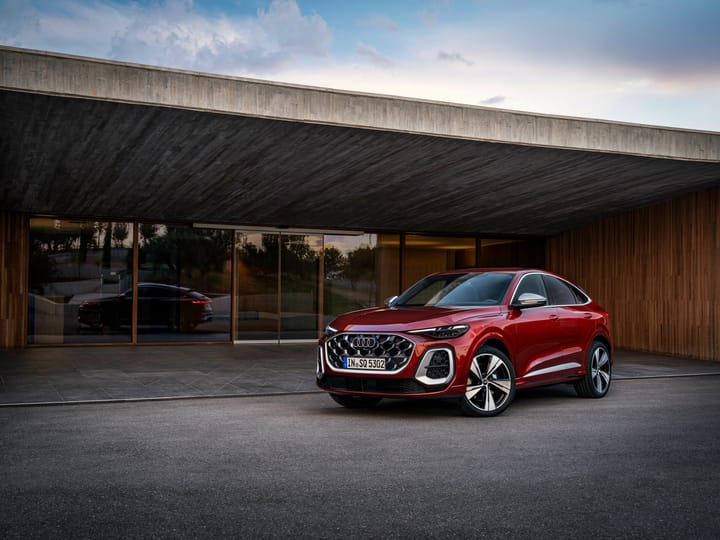
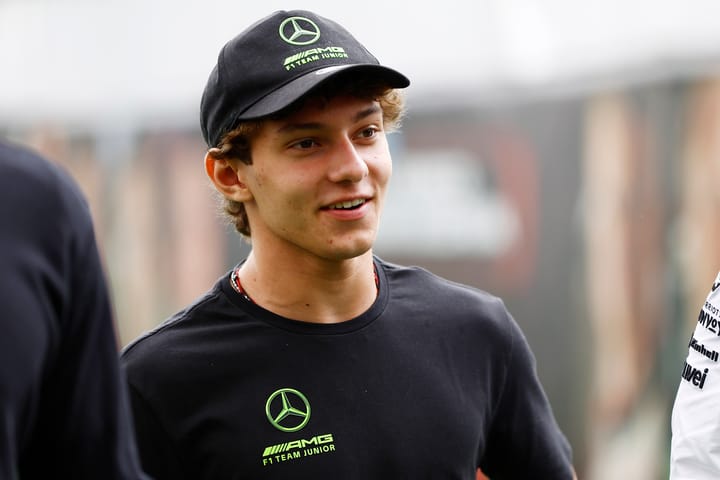
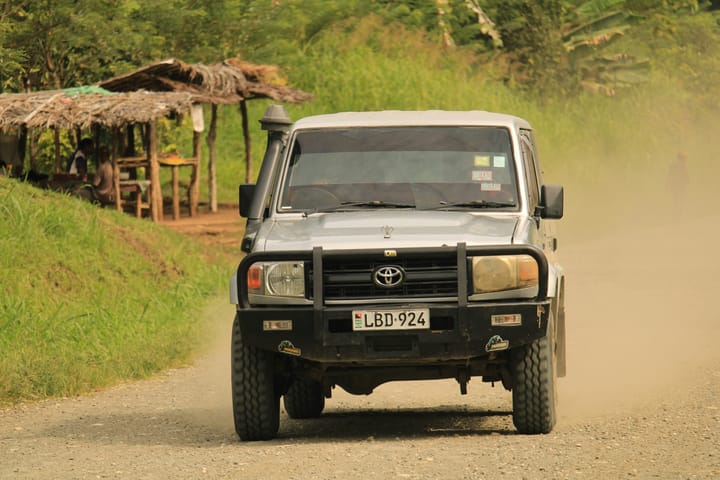
Comments ()